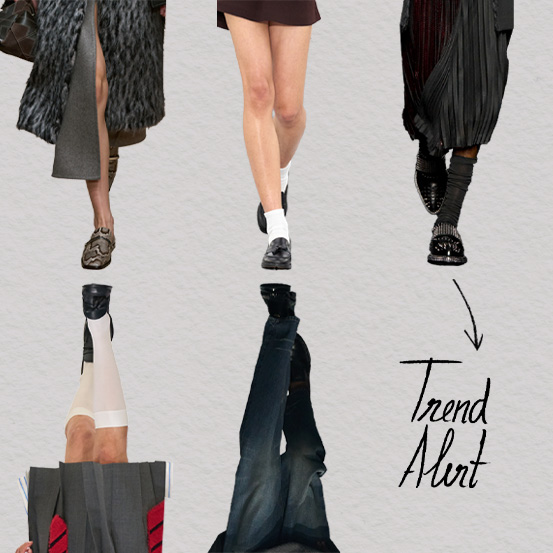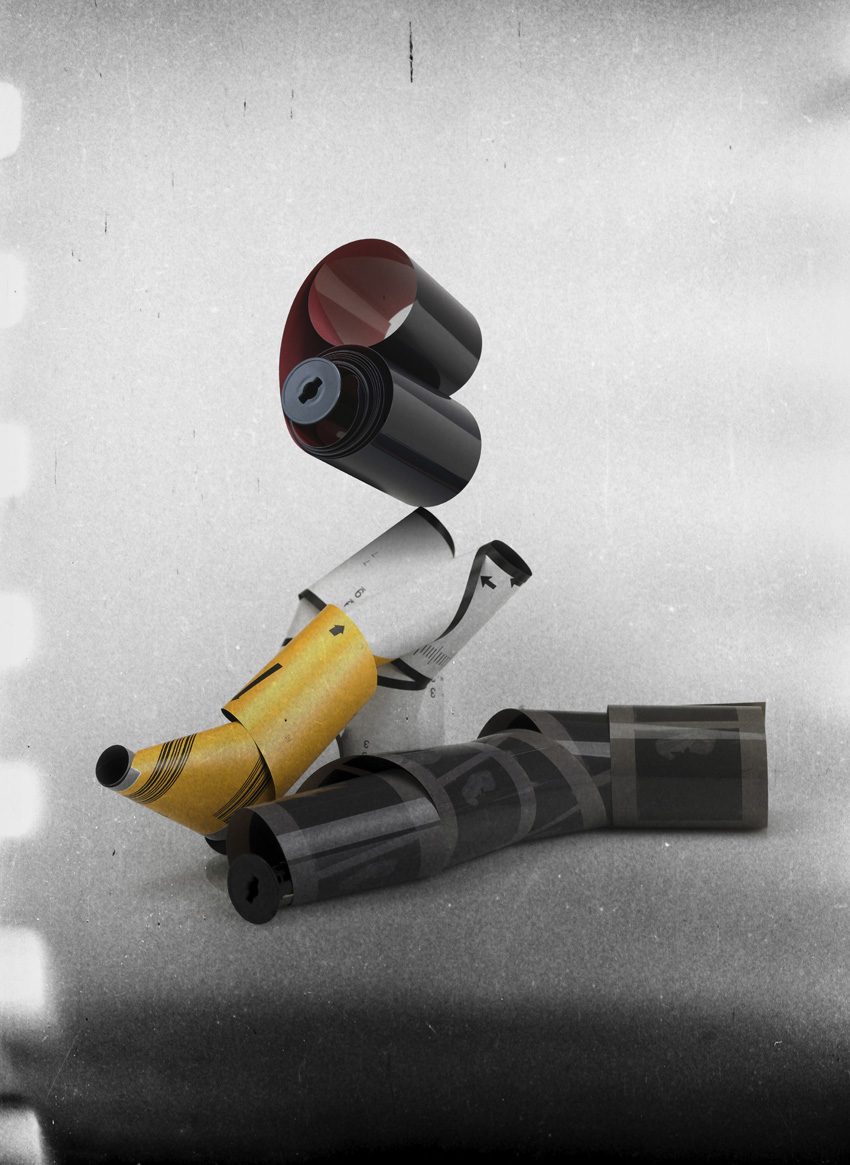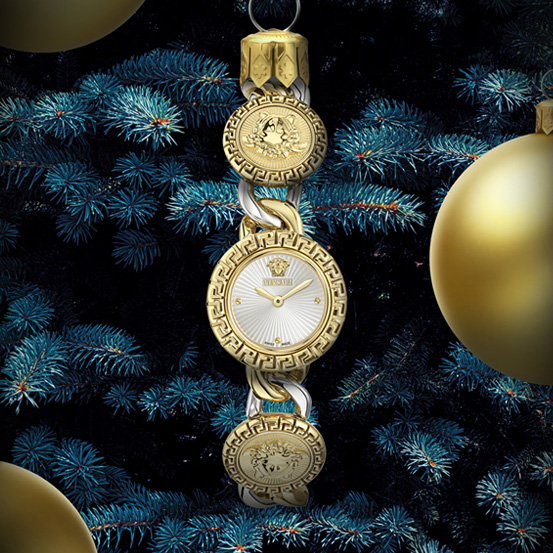Everything is cyclical. Whether it's the clothes we wear, the habits we cultivate or the music we listen to, sooner or later what was once fashionable comes back into play.
Nowadays, after developing a taste for the arts of the past, I've noticed that, like me, many other people share this interest because every time I go to the lab to develop my film rolls, I'm faced with increasingly long queues. What used to be a simple process, resolved in a few hours, can now take days, and in some cases even weeks, before I finally get to see the result on my (literal) camera roll. With analogue photography becoming increasingly popular, it's no longer surprising to find people who opt to take a step backwards in technological evolution. Many choose cameras that carry a certain nostalgic charm, despite offering fewer functionalities. The phenomenon is not limited to photography: we see the same in other areas such as music and cinema, with the return of record players and their vinyl discs, VHS cameras, or even historic equipment that first appeared in the 1960s, such as Kodak's iconic Super 8. And so, like many people around me, I find myself just as much a ‘victim’ of this revival of previous technologies. I couldn't help but ask myself: why did we decide to abandon centuries of research and digital progress to return to old methods? What motivates us to revisit the past in the age of innovation?
Although analogue photography provides unique effects, the result of a combination of the camera used, the roll chosen and, of course, the environment and protagonist of the image, it is far from being a bulletproof form of art. On the contrary, the inability to visualise the results immediately, leaving us unsure of what we have captured and with the constant fear that, when developing the rolls, the images may come out completely unusable, there are several factors that can compromise the final result (not to mention the monetary side that this technology requires, aggravated by the growing demand and limited production, with increasingly high prices). With all these drawbacks on the table, why is this photographic method gaining popularity again? As technology develops and becomes more accessible, digital cameras offer a multitude of options and settings in a single camera. While this broadens the possibilities for experimentation, ideal for professional photographers who are well versed in the subject, this abundance of choice can become overwhelming for many, making the experience more difficult rather than simpler. Overwhelmed by the infinity of options, often without even knowing how to use them, technological advances, with years of research and development, end up being ineffective, lost in the infinite sea of choices and complex configurations. This is precisely why analogue photography is gaining relevance: in its simplicity, it offers a more focused and intentional experience.
With countless cameras at our disposal, equipped with the most advanced innovations, particularly those in mobile phones, we not only face an excess of options, but also an overwhelming amount of photographs to which we are constantly exposed. The ease with which we capture moments and store memories leads us to accumulate thousands of images in our galleries. Although this is not, in itself, a bad thing, as it allows us to preserve moments with a simplicity that has never been achieved before, it is this very saturation of the eighth art that ends up devaluing photography as an object. Who has never filmed a concert and then completely forgotten about it without ever seeing it again. We have banalised photography and its easy access so much that we end up accumulating an overload of images. Moreover, in order for these digital photographs to be truly immortalised, they need to be properly curated and stored - something akin to creating a physical album - but few people take the trouble to do this. With so many moments captured over the years, how many do we really preserve? Between a broken mobile phone, a lost memory stick or a storage failure, many of these memories end up disappearing into the digital sphere, with no possibility of recovery.
Personally, my interest in analogue photography arose during a holiday with friends, when I felt the need to record those memories in a more intentional way, through an object dedicated solely to that purpose. With a finite number of images and without certain requirements - there was no possibility of repeating the same photograph countless times - it became a way of capturing moments of friendship. Since then, having travelled through various cameras, starting with disposable ones and ending today with my faithful Pentax Asahi, it is the photographic process itself that captivates and fascinates me. From choosing the camera and the roll, to capturing the frames and developing the images, the act of photography unfolds over several stages, making it a truly immersive experience. This is also the reason why many people adopt this practice as an escape from the overload that came with the advent of digital. In parallel, the same can be seen in the world of music with the return to vinyl records. After the evolution of music, in a timeline that goes from the sale of physical albums to streaming platforms that offer immeasurable possibilities, providing music from all over the world and in all styles, it has never been easier to access the musical content we want most. If this is the case, why has the need arisen to return to vinyl, restricting ourselves to certain albums or songs?
In the study 2024 Mid-Year Music Industry Revenue Report | RIAA carried out by The Recording Industry Association of America, the return to vinyl is evident: "although paid subscriptions contributed almost two-thirds of the value added in this period, vinyl sales accelerated faster than any other major music format, at 17 per cent." So this is no mere nostalgic comeback. The revival of this audio format reflects a significant uptake by listeners, making it relevant for artists too. With stars like Beyoncé and Charli XCX, for example, making vinyl an essential component of their marketing and merchandising, this is a strong indication of the loyalty shown by their fans. In an attempt to value art as a tangible object and to find an alternative to the digital world, which so often overstimulates us, records - like analogue photography - provide a unique experience. Presented as a complete work, here the music exists as a whole, allowing us to appreciate its narrative in its entirety, from start to finish. Of course, this experience can also be achieved through digital, but vinyl offers the opportunity to enjoy it without any distractions or obstacles. Instead of consuming music in fragments, from one single to the next, the LP transports us to the story of a single voice in a continuous and immersive way. At the same time, beyond the experience it offers, the disc becomes a collector's item, often displayed as a decorative element. Thus, by providing an alternative to electronic music, the return of this audio recording process and its use resists the culture of over-consumption and creates a closer connection between the artist and their listeners. By transforming music into a physical object that can be collected and exhibited, it becomes a tangible expression of Art.
Another object that has successively had its demise announced and that seems to constantly demolish such assumptions is paper: from magazines to books (the Portuguese book market accounted for 187 million euros in 2023, with a 7 per cent increase in sales compared to the previous year, according to a study released this thursday by the Portuguese Publishers and Booksellers Association - APEL), the ease of online seems not to have annihilated the comfort of print. For the more inattentive, the choice of magazines on the newsstands seems to be dwindling, but it's only because the market's normal selection is replacing the obsolete versions with the releases that the market demands most - longer reads, creative images and editions that are continually assumed to be collectors' items have filled this gap in the lifestyle of those who feel (we all do, don't we?) that digital consumes and analogue adds. Perhaps this is because the online experience is often passive, while the experience of paper - and film and discs - is active: we interact with the object, it's there, it demands our focus, while social networks and other distractions demand our short and unstable attention. Of course, digital cannot be villainised, because it isn't: it continues to bring technological advantages that make life easier and it is a tool that, used well, has virtually unlimited added value. What we want to discern here is that one does not annihilate the other - in fact, digital encourages analogue, to the extent that it has precipitated its return as a form of escapism, among other justifications already mentioned. And vice versa, let's not deny it: how many times have we developed rolls of film only to then share their vintage aesthetic in digital format?
Across different areas and industries, in a trend that seems to dominate the way we create and consume content, the revival of dated technologies appears as a form of detachment that we have developed so much with digital. In an attempt to escape the demands and overloads imposed by technology - such as the abundance of images or the multiple stimuli offered by music streaming platforms - the use of old materials, consciously chosen, responds to the needs of a society that so desperately craves a slower, more thoughtful and more immersive world. With the physicality of certain objects once again valued, and their projection and production becoming a more careful and detailed job, they provide an experience that goes beyond a single sense. For example, when we decide to enjoy an artist's work on vinyl, it's not just hearing that is engaged. Touch is involved when handling the various discs, the smell of the materials awakens memories, sight is stimulated by the various covers and images and, finally, hearing enjoys the unique sound inherent in vinyl. Thus, in a deeply absorbing experience that contrasts with the ease that new technologies offer us, products from a bygone generation that seemed obsolete have, over time, regained their relevance. In the search for more ‘real’ formats that bring authenticity and nostalgia, yesterday's fashions become today's trends for the future. And the question remains: as this is a cycle that eventually repeats itself, in 50 years' time, will we be reliving the same fashions and trends?
Translated from the original on "What's Next?" issue, published December 2024. Full credits and stories in the print issue.
Most popular


O que lhe reservam os astros para a semana de 2 de dezembro a 8 de dezembro
02 Dec 2025

Relacionados



Com propostas em 100% caxemira, a Intimissimi apresenta a sua nova coleção cápsula
03 Dec 2025




